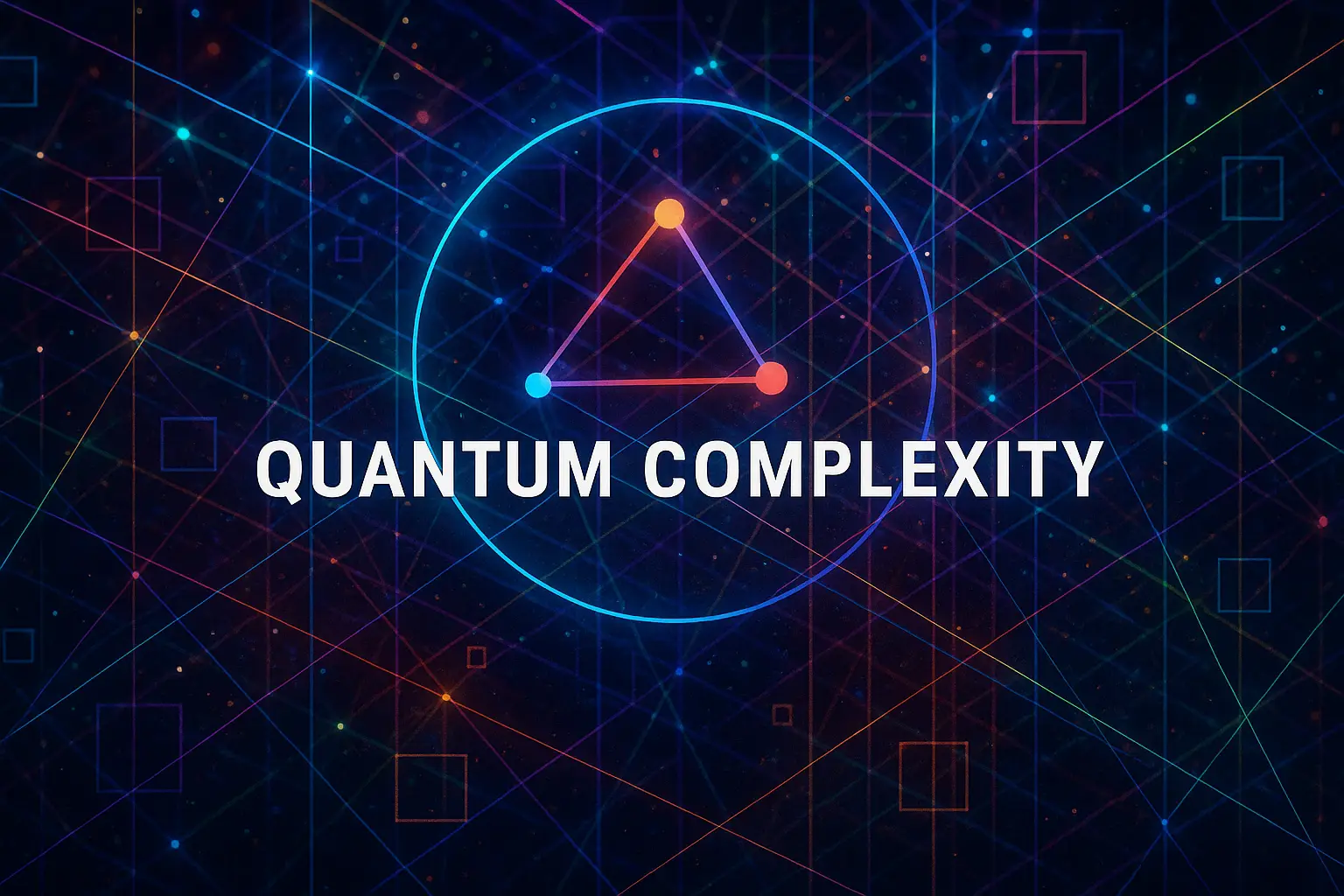Table of Contents
- Introduction
- Classical Turing Machines Recap
- Need for a Quantum Analog
- Definition of Quantum Turing Machines (QTM)
- Configuration and Tape Alphabet
- Quantum States and Hilbert Space
- Transition Function and Unitary Evolution
- Tape Head and Movement Rules
- Superposition of Configurations
- Linear Operators and Quantum Control
- Halting Conditions in QTMs
- Measurement in Quantum Turing Machines
1. Introduction
Quantum Turing Machines (QTMs) are the quantum generalization of classical Turing machines. They serve as one of the most foundational models for quantum computation, introduced by David Deutsch in 1985. QTMs formalize the idea of quantum algorithms in a way analogous to how classical TMs model deterministic computation.
2. Classical Turing Machines Recap
A classical Turing machine has:
- A finite set of states
- An infinite tape divided into cells
- A tape head that reads/writes symbols
- A transition function based on current state and read symbol
- A halting condition (accept/reject or loop)
3. Need for a Quantum Analog
Just as classical TMs represent deterministic computation, we need a quantum equivalent to describe what quantum computers can compute. This is critical for defining complexity classes like BQP and comparing classical vs quantum models.
4. Definition of Quantum Turing Machines (QTM)
A QTM is defined by:
- A set of basis configurations
- A finite control with quantum states
- A tape alphabet (including blank symbol)
- A unitary transition function mapping configurations to superpositions
5. Configuration and Tape Alphabet
Each configuration consists of the tape content, current head position, and control state. Unlike classical configurations, QTMs maintain a superposition of all such configurations.
6. Quantum States and Hilbert Space
The overall state of a QTM is a vector in a complex Hilbert space spanned by basis configurations. The quantum state is a linear combination (superposition) of classical configurations with complex amplitudes.
7. Transition Function and Unitary Evolution
The QTM applies a transition function via a unitary operator. That is, for each configuration \( |c
angle \), the machine transitions to \( \sum_{c’} lpha_{cc’} |c’
angle \) such that the transformation is unitary:
\[
U^{\dagger} U = I
\]
8. Tape Head and Movement Rules
The tape head moves left, right, or stays in place depending on the current configuration and the transition rule. These movements are encoded into the unitary operation.
9. Superposition of Configurations
A key quantum feature: The machine may simultaneously be in multiple configurations. This allows quantum parallelism and interference—central to quantum speedups.
10. Linear Operators and Quantum Control
The evolution is governed by linear operators that act on the Hilbert space. Quantum control mechanisms direct how basis states evolve while preserving normalization.
11. Halting Conditions in QTMs
Defining halting is nontrivial due to superpositions. Several approaches exist:
- Halting by projection: Project onto halting subspace.
- Special halting state: Used to signal end of computation.
- Partial measurement: Measures if machine halts, then branches.
12. Measurement in Quantum Turing Machines
Measurement collapses the superposition to one configuration. Timing of measurement affects behavior: measuring too early can destroy computation.
13. Probabilistic Interpretation of Output
The result of a QTM is a probability distribution over outcomes. Observing output depends on measuring final state and computing the norm squared of the amplitude for each outcome.
14. Example: Quantum Turing Machine for Deutsch’s Problem
Deutsch’s problem asks if a binary function ( f : \{0,1\}
ightarrow \{0,1\} ) is constant or balanced. A QTM can solve it with one query by preparing a superposition, applying quantum gates, and measuring interference.
15. Universality and Simulation
QTMs are universal: there exists a universal QTM that can simulate any other QTM with only polynomial overhead, akin to the classical case.
16. Comparison with Quantum Circuits
While circuit models are easier for practical algorithm design, QTMs are more powerful for formal analysis. Both models are polynomially equivalent.
17. Quantum Church-Turing Thesis
This thesis posits that all physically realizable quantum computations can be simulated by QTMs. It’s a quantum generalization of the classical Church-Turing thesis.
18. Computational Power of QTMs
QTMs define the class BQP (bounded-error quantum polynomial time). They also help characterize quantum versions of other complexity classes like EQP, ZQP.
19. QTM vs Classical and Probabilistic TMs
QTMs generalize probabilistic TMs (PTMs). All PTMs can be viewed as special QTMs with real, non-negative amplitudes and no interference.
20. Time and Space Complexity in QTMs
Time = number of unitary steps before halting. Space = number of non-blank tape cells used. QTMs obey similar big-O complexity as classical TMs.
21. Reversible Computation and Unitarity
Unitarity implies reversibility. Thus, every QTM computation is reversible. This contrasts with many classical models that discard intermediate states.
22. Limitations and Physical Realism
QTMs are mathematically sound but physically idealized. Real quantum computers use circuits and suffer from decoherence, noise, and measurement error.
23. Extensions: Quantum Oracle Machines
Oracle QTMs can query a black-box unitary operation. This generalizes query complexity models and supports defining complexity classes like BQP^O.
24. Open Problems and Research Directions
- What models best capture physically realizable quantum computation?
- Can QTMs help unify continuous and discrete quantum theories?
- How does halting affect algorithmic randomness in QTMs?
25. Conclusion
Quantum Turing Machines provide a rigorous foundation for quantum computing theory. Though not directly implementable, they offer insight into complexity, simulation, and universality of quantum computation—paralleling the role of classical TMs in computer science.


